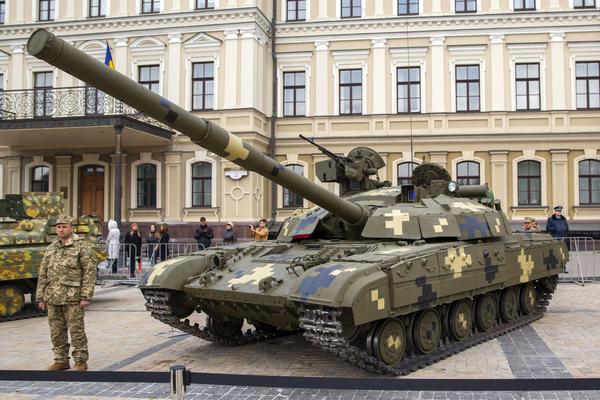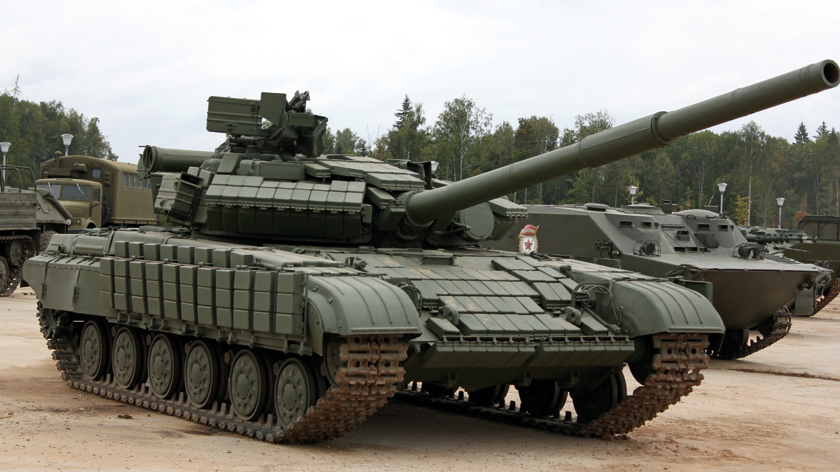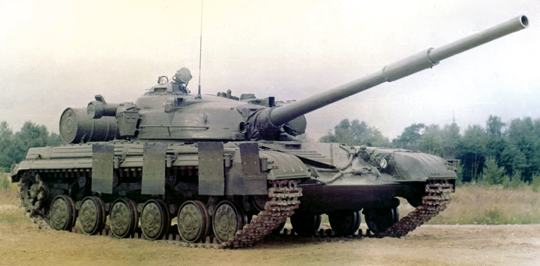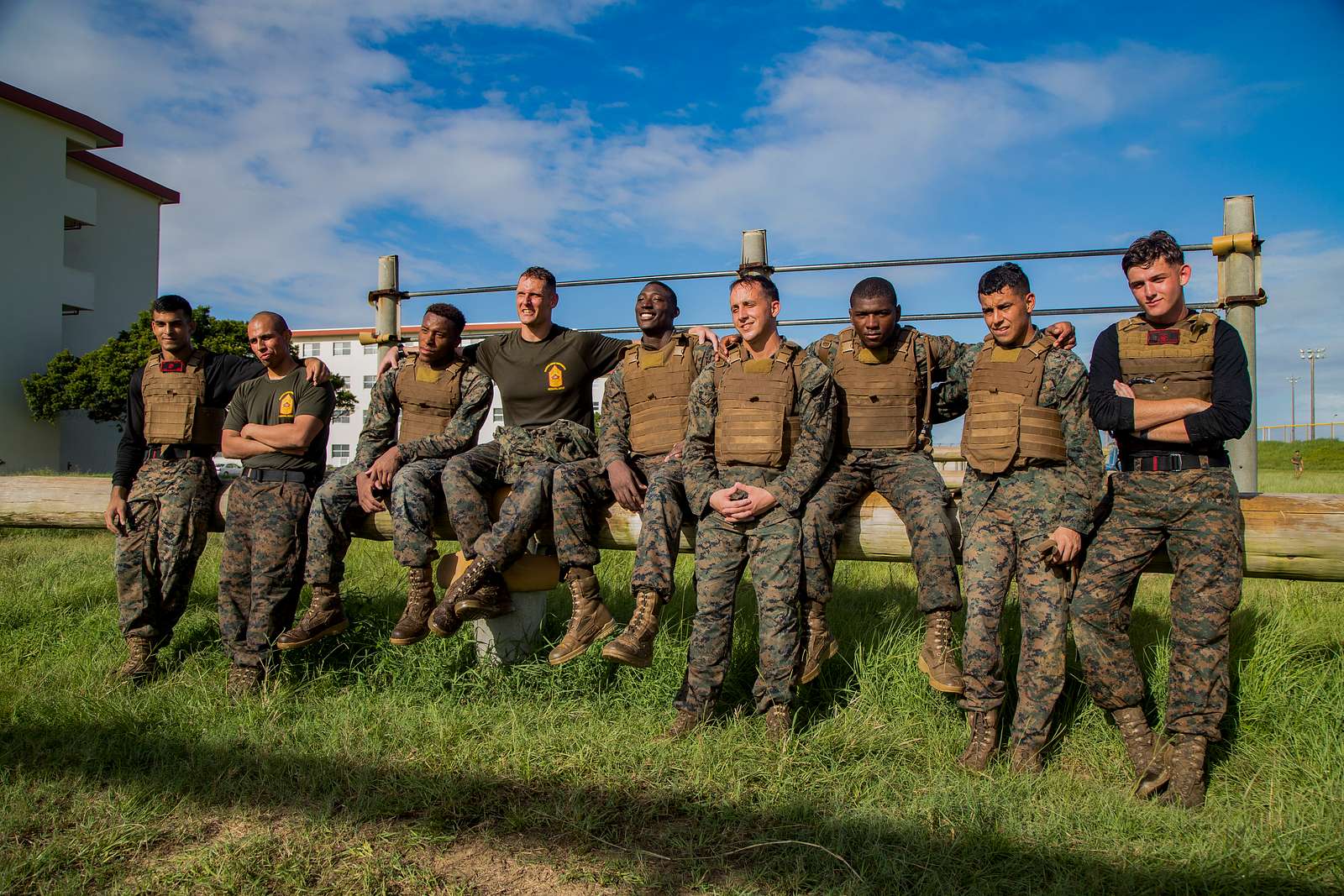
Soviet tank T-64. Modernization part 2

T-64BW with the maximum number of Kontakt modules. The 12,7mm NSW anti-aircraft machine gun is not mounted on it.
The T-64 tank was put into production for so long that before it started to be used in linear units, new threats appeared in the form of prospective enemy tanks, as well as new opportunities to improve its design. Therefore, the T-64 tanks (Object 432), armed with 115 mm turrets with ballistic aluminum alloy inserts, were treated as transitional structures and a gradual modernization of the structure was planned.
On September 19, 1961, the GKOT (State Committee for Defense Technology at the Council of Ministers of the USSR) made decision no. 05-25 / 5202 to start work on the installation of a 432 mm smoothbore gun in the Object 125 turret. The same decision sanctioned the commencement of work on such a gun, which was to be based on the design of the 68mm D-115 gun used for arming the T-64.
Already in 1966, the optical rangefinder was also to be replaced with a laser one. It was consistently planned to adapt the gun and sights to the firing of anti-tank guided missiles. In 1968, the Griuza rocket had the greatest hopes, but the choice ultimately fell on the Kobra complex, being developed by KB Nudelman. Much simpler was the implementation of the "Buldozer" project, i.e. supplying the T-64 with a self-digging blade attached to the front lower armor plate. Interestingly, there were initially suggestions that it should be equipment mounted on tanks only in the event of war.

The T-64A tank, produced in 1971 after a partial modernization (additional fuel barrels, oil heater). Photo author's arch
T-64A
The most important change that was planned for the next version of the T-64 is the use of a new, more powerful cannon. In 1963, at the level of the Central Committee and the Council of Ministers (Central Committee and Council of Ministers), it was decided to adapt the Object 432 turret to a new gun, stronger than the U5T. It was assumed that the new gun, despite its larger caliber and stronger recoil, would not require any changes to the turret structure. Later, the military began to insist that the new gun could also be installed in the T-62 turret without modifications. Back then, it was not decided whether it would be a smoothbore or a "classic", i.e. grooved, gun. When the decision was made to choose the D-81 smoothbore, in the KB-60M its "fittings" were made to the T-64 turret and it quickly became clear that the turret would require a major reconstruction. The construction works started in 1963. The technical design and the wooden mock-up were approved by the minister of defense industry on May 10, 1964.
In addition to the new cannon and modified turret, the next version of the T-64, Object 434, was to feature numerous improvements: the Utios anti-aircraft machine gun, a ploughshare, an installation for deep wading, additional fuel barrels, and pressed tracks. The carousel of the magazine for the loading mechanism of the gun was to be modified in such a way that the driver could get under the turret after removing a few cartridges with cartridges. The engine's service life was to increase to 500 hours, and the car's service life to 10 hours. km. The engine was supposed to be really multi-fuel. It was also planned to add an auxiliary starter motor with a power of 30 kW, called the Puskacz. It was to act as a main engine heater for faster starting in winter (time less than 10 minutes) and to charge the batteries and provide power at a standstill.
The armor was also modified. In the T-64, the upper frontal plate consisted of an 80 mm thick steel layer, two composite layers (phenol-formaldehyde bonded fiberglass cloth) 105 mm in total, and an inner 20 mm thick mild steel layer. The anti-radiation shield was performed by an anti-radiation lining made of heavy polyethylene with an average thickness of 40 mm (it was thinner where the steel armor was thicker, and vice versa). In Object 434, the steel grades of the armor were changed, and the structure of the composite was also changed. According to some sources, between the sheets of the composite there was a spacer made of soft aluminum, a few millimeters thick.
Major changes were made to the turret armor, which resulted in slight changes to its shape. The aluminum inserts in its front part have been replaced by modules consisting of two high-strength steel sheets with a layer of porous plastic between them. The cross-section of the turret armor became similar to the frontal armor, with the difference that instead of a glass composite, steel was used. When counting from the outside, it was first a thick layer of cast steel, a composite module, a thin layer of cast steel and anti-radiation lining. In areas where the installed tower equipment made it impossible to apply a relatively thick lining, correspondingly thinner lead layers with an equivalent absorption coefficient were used. The "target" structure of the tower remains extremely interesting. The bullets made of corundum (aluminum oxide with high hardness) were to be the element increasing its resistance to penetration by both core and cumulative projectiles.
